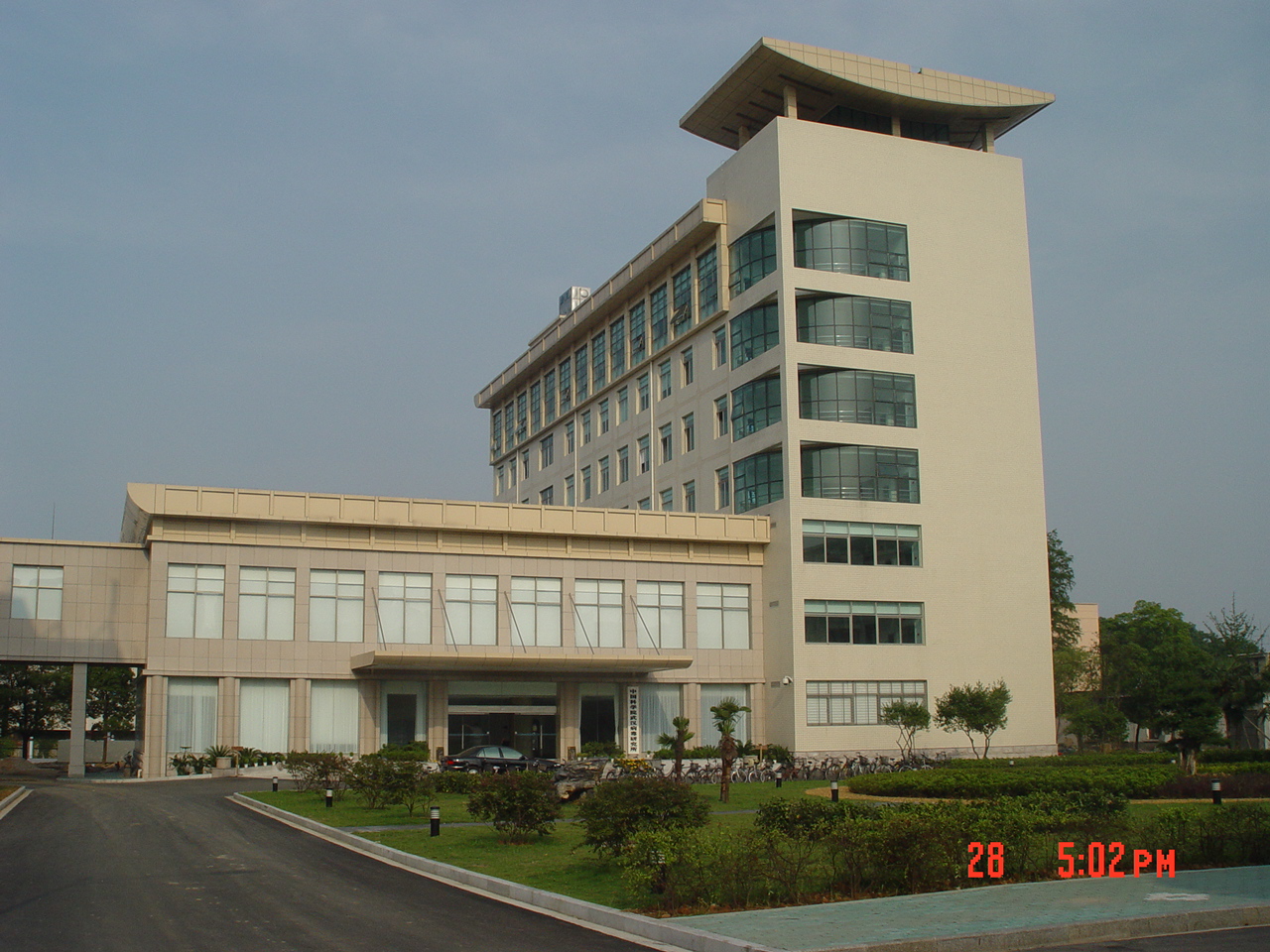中国科学院武汉病毒研究所成立于 1956 年 12 月,是专业从事病毒学基础研究及相关技术创新的综合性研究机构。针对国家生命健康和生物安全领域重大需求,研究所依托高等级生物安全实验室,着力阐明高致病病毒相关前沿科学问题,开展防控技术和产品研发,系统提升新发突发传染病应急反应能力。研究所将努力建成国际领先水平的病毒学研究机构和人才培养基地、成为保障国家生物安全的关键科技支撑力量。
武汉病毒所建有中国科学院生物安全大科学研究中心,该中心由中国科学院、国家卫生健康委员会和湖北省人民政府共同建设,于2018年11月批复筹建。
科研布局上设有抗病毒研究中心、分子病毒研究中心、分析微生物学与纳米生物研究中心、微生物资源与生物信息研究中心和新发传染病研究中心。拥有我国首个投入正式运行的生物安全(四级)实验室、科技部及财政部指定的“国家病毒资源库”、卫健委指定的“国家级保藏中心”微生物菌毒种保藏中心、国家非洲猪瘟区域实验室、病毒学国家重点实验室(与武汉大学共建)、中-荷-法无脊椎动物病毒学联合开放实验室、中国科学院高致病性病原生物学与生物安全重点实验室、湖北省HIV初筛实验室、湖北省病毒疾病工程技术研究中心等研究技术平台。创建了具有现代化展示手段的我国唯一的“中国病毒标本馆”,是第一批“全国青少年走进科学世界科技活动示范基地”。由武汉病毒所主办的英文期刊 Virologica Sinica 被SCI、PubMed等国际权威数据库收录,最新影响因子6.947。同时,武汉病毒所还是湖北省暨武汉微生物学会和中国免疫学会青年工作委员会的挂靠单位。

Wuhan Institute of Virology, Chinese Academy of Sciences, founded in December 1956, is a comprehensive research institution specializing in the basic research of virology and related technological innovation. In response to major national needs in the field of life, health and biosafety, the Institute relies on high-level biosafety laboratories to clarify cutting-edge scientific issues related to highly pathogenic viruses, carry out research and development of prevention and control technologies and products, and systematically improve the emergency response capacity for emerging infectious diseases. The Institute will strive to build itself into an internationally leading virology research institution and talent training base, and become a key scientific and technological support force for ensuring national biosecurity.
Wuhan Institute of Virology has a large Scientific Research Center for Biosafety under the Chinese Academy of Sciences, which was jointly established by the Chinese Academy of Sciences, the National Health Commission and the Hubei Provincial People's Government. The center was approved for preparation in November 2018.
The research layout includes the Center for Antiviral Research, the Center for Molecular Virus Research, the Center for Analytical Microbiology and Nanobiology, the Center for Microbial Resources and Bioinformation Research and the Center for Emerging Infectious Diseases Research. It has the first biosafety (Level 4) laboratory officially put into operation in China, the "National Virus Resource Bank" designated by the Ministry of Science and Technology and the Ministry of Finance, the "National Conservation Center" Microbial Strains Preservation Center designated by the National Health Commission, the National Regional Laboratory of African Swine Fever, the State Key Laboratory of Virology (jointly built with Wuhan University), and the Sino-Dutch and French invertebrate Virology Laboratory, Key Laboratory of Highly Pathogenic Biology and Biosafety, Chinese Academy of Sciences, Hubei Provincial HIV Preliminary Screening Laboratory, Hubei Provincial Engineering Technology Research Center for Viral Diseases and other research platforms. Founded the only Chinese Virus herbarium with modern display means, was the first batch of "National youth into the science world Science and technology activities demonstration base". Virologica Sinica, an English journal sponsored by Wuhan Institute of Virology, has been included in international authoritative databases such as SCI and PubMed, with the latest impact factor 6.947. At the same time, Wuhan Institute of Virology is also the affiliated unit of Hubei Province and Wuhan Society of Microbiology and Youth Working Committee of Chinese Society of Immunology.